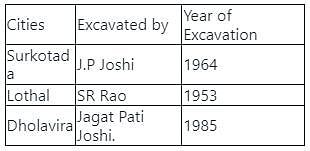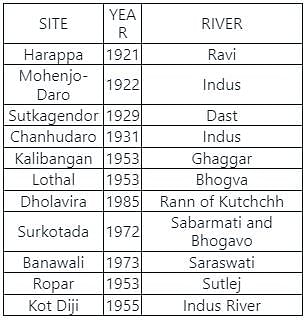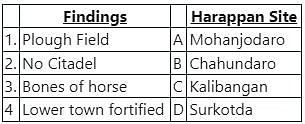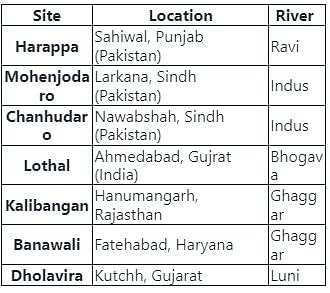Class 8 Exam > Class 8 Tests > Test: Indus Valley Civilization - Class 8 MCQ
Test: Indus Valley Civilization - Class 8 MCQ
Test Description
10 Questions MCQ Test - Test: Indus Valley Civilization
Test: Indus Valley Civilization for Class 8 2024 is part of Class 8 preparation. The Test: Indus Valley Civilization questions and answers have been prepared
according to the Class 8 exam syllabus.The Test: Indus Valley Civilization MCQs are made for Class 8 2024 Exam.
Find important definitions, questions, notes, meanings, examples, exercises, MCQs and online tests for Test: Indus Valley Civilization below.
Solutions of Test: Indus Valley Civilization questions in English are available as part of our course for Class 8 & Test: Indus Valley Civilization solutions in
Hindi for Class 8 course.
Download more important topics, notes, lectures and mock test series for Class 8 Exam by signing up for free. Attempt Test: Indus Valley Civilization | 10 questions in 15 minutes | Mock test for Class 8 preparation | Free important questions MCQ to study for Class 8 Exam | Download free PDF with solutions
Test: Indus Valley Civilization - Question 1
Which among the following Harappan sites is not located in Gujarat?
Detailed Solution for Test: Indus Valley Civilization - Question 1
Test: Indus Valley Civilization - Question 2
The main occupation of the people of the Indus Valley Civilization was ________.
Detailed Solution for Test: Indus Valley Civilization - Question 2
| 1 Crore+ students have signed up on EduRev. Have you? Download the App |
Test: Indus Valley Civilization - Question 3
Which of the following sites of Indus valley civilization is not on the bank of river Indus?
Detailed Solution for Test: Indus Valley Civilization - Question 3
Detailed Solution for Test: Indus Valley Civilization - Question 4
Test: Indus Valley Civilization - Question 5
Which of the following Harappan sites is in Haryana?
Detailed Solution for Test: Indus Valley Civilization - Question 5
Detailed Solution for Test: Indus Valley Civilization - Question 6
Test: Indus Valley Civilization - Question 7
In which year was the Harappan civilization first discovered?
Detailed Solution for Test: Indus Valley Civilization - Question 7
Detailed Solution for Test: Indus Valley Civilization - Question 8
Test: Indus Valley Civilization - Question 9
Couple burial was found in which of the following Harappan sites?
Detailed Solution for Test: Indus Valley Civilization - Question 9
Test: Indus Valley Civilization - Question 10
Which of the following were a part of a citadel in Harrapan architecture?
Detailed Solution for Test: Indus Valley Civilization - Question 10
Information about Test: Indus Valley Civilization Page
In this test you can find the Exam questions for Test: Indus Valley Civilization solved & explained in the simplest way possible.
Besides giving Questions and answers for Test: Indus Valley Civilization, EduRev gives you an ample number of Online tests for practice
Download as PDF





















